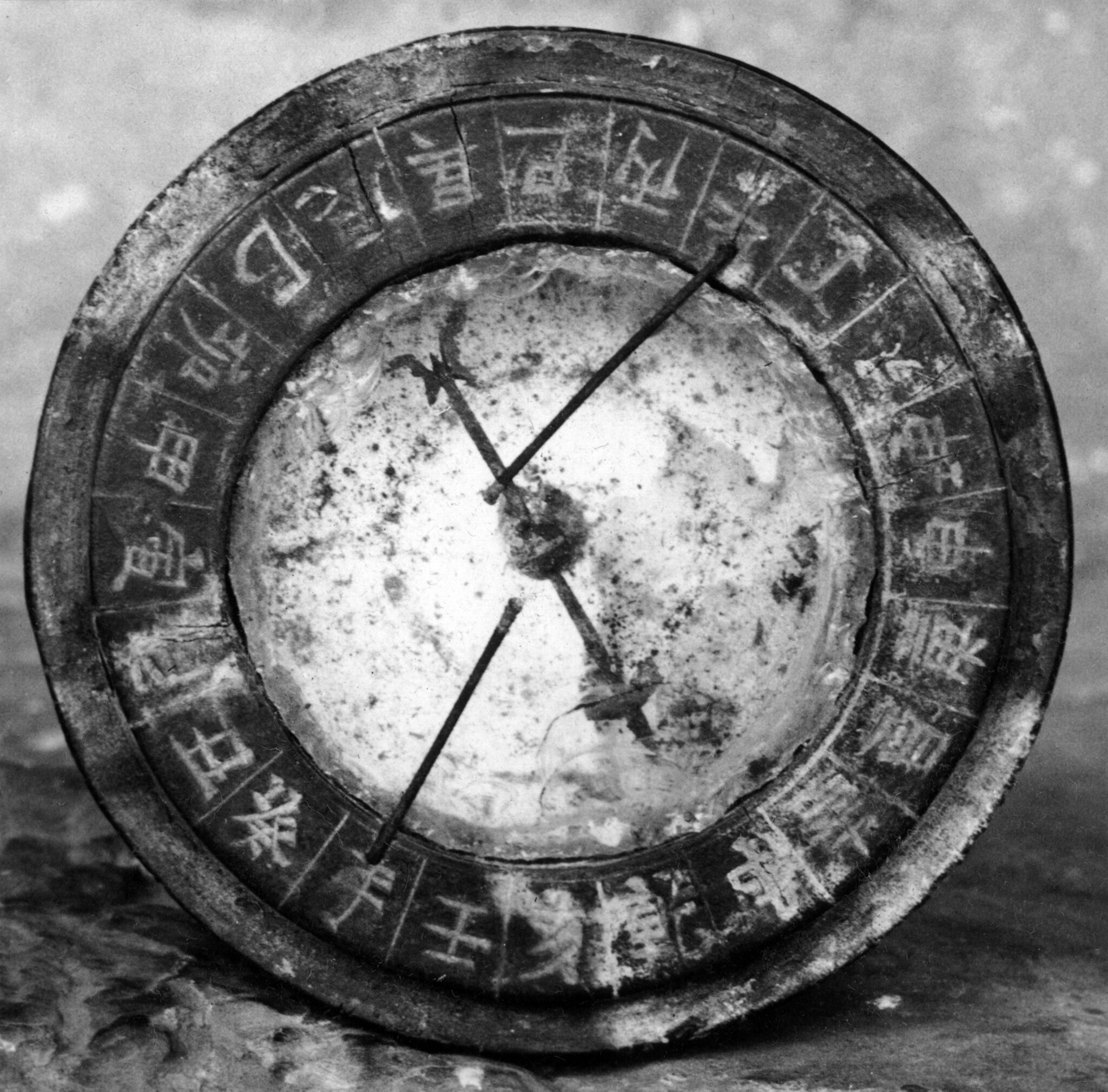zhǐnán‐zhēn ((zhǐ·nán {(points with) finger → [points]} · south 指南)‐(zhēn needle 针 針) → [compass]) ← Tap/click to show/hide the “flashcard”
Jehovah’s organization has pointed out that it is significant that the Psalms rhyme in meaning, whether or not the words rhyme in sound.
The July 15, 1979 issue of The Watchtower expresses it this way:
THE book of Psalms constituted the book of poetry and song of the ancient Hebrew nation. …The poetry was not based on the rhyming of words, nor altogether on meter. Often, there is parallelism in thought, sometimes synonymous, sometimes contrasting. This enables the mind and the spirit of the reader to follow the thought smoothly so that much better understanding and motivation result.
Similarly, while many Westerners especially may be fascinated by the Chinese characters usually used to write Mandarin words, characters are ultimately merely superficial visual representations, as are idols used in idol worship. A much more truly meaningful (pun totally intended) benefit to Westerners of learning Mandarin words involves learning about the meanings of those Mandarin words, and how they reveal the contrastingly different ways that Chinese people have thought about things. As 2 Corinthians 4:18 says:
while we keep our eyes, not on the things seen, but on the things unseen. For the things seen are temporary, but the things unseen are everlasting.
One classic example of the contrastingly different ways that Chinese people have thought about things is this week’s MEotW, “zhǐnán‐zhēn ((zhǐ·nán {(points with) finger → [points]} · south 指南)‐(zhēn needle 针 針) → [compass])”. While Westerners think of a compass as having a needle that points north, the literal meaning of the Mandarin word “zhǐnán‐zhēn ((zhǐ·nán {(points with) finger → [points]} · south 指南)‐(zhēn needle 针 針) → [compass])” is “points south needle”. Did the Chinese get it wrong? Are Westerners wrong? Neither! The fact is that as one end of a compass needle points north, the other end simultaneously points south. So, in this case, Westerners and Chinese people are both right—they’re just looking at the same thing from different points of view.
Sometimes, considering a different point of view, a different perspective, can help give one the mental—or even emotional—leverage needed to make a leap of progress that one would not otherwise make, if one was limited to one way of looking at things.
The fact that different languages come from different cultures, with their different perspectives and ways of thinking, is also why there is truth in the quote from Charlemagne that “to have another language is to possess a second soul.” (Of course, we know that by “soul” he meant what is described in the Insight on the Scriptures book entry for “Spirit”, under the subheading “Impelling Mental Inclination”.)
A Great Invention
Speaking of the compass, it’s also noteworthy that the compass is one of what are called the Four Great Inventions (Sì (Four 四) Dà (Big → [Great] 大) Fāmíng (Fā·míng {Sendings Out → [Bringings into Existence]} · {to Be Distinct} → [Inventions] 发明 發明)) from ancient China.

Chinese compass held at Queensland Museum c. 1938
As the Wikipedia article on the compass summarizes for us:
Among the Four Great Inventions, the magnetic compass was first invented as a device for divination as early as the Chinese Han Dynasty (since c. 206 BC),[source][source] and later adopted for navigation by the Song Dynasty Chinese during the 11th century.[source][source][source] The first usage of a compass recorded in Western Europe and the Islamic world occurred around 1190.[source][source]
So, maybe the Chinese actually got first dibs on getting to say which way a compass needle points, for whatever that’s worth, considering that a compass needle simultaneously points in two opposite directions. 😄
But Wait, There’s More!
In addition to the weirdness about a compass needle pointing both north and south simultaneously, I found the below weirdness summarized in the Wikipedia article on the North Magnetic Pole:
All magnets have two poles, where the lines of magnetic flux enter and emerge. By analogy with Earth’s magnetic field, these are called the magnet’s “north” and “south” poles. The convention in early compasses was to call the end of the needle pointing to Earth’s North Magnetic Pole the “north pole” (or “north-seeking pole”) and the other end the “south pole” (the names are often abbreviated to “N” and “S”). Because opposite poles attract, this definition means that Earth’s North Magnetic Pole is actually a magnetic south pole and Earth’s South Magnetic Pole is a magnetic north pole.[source][source]